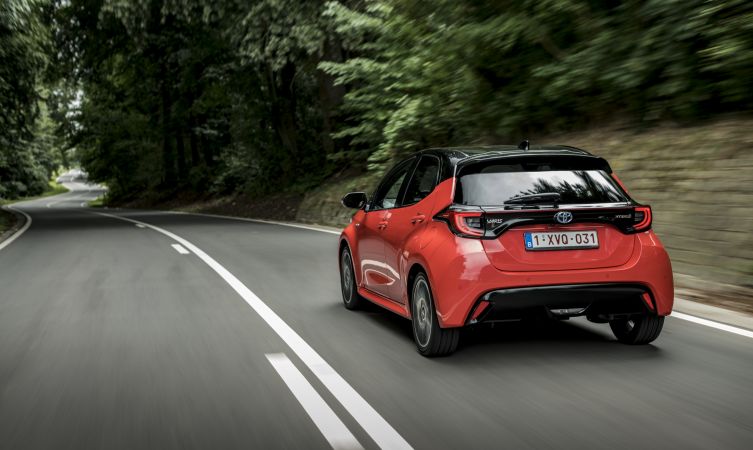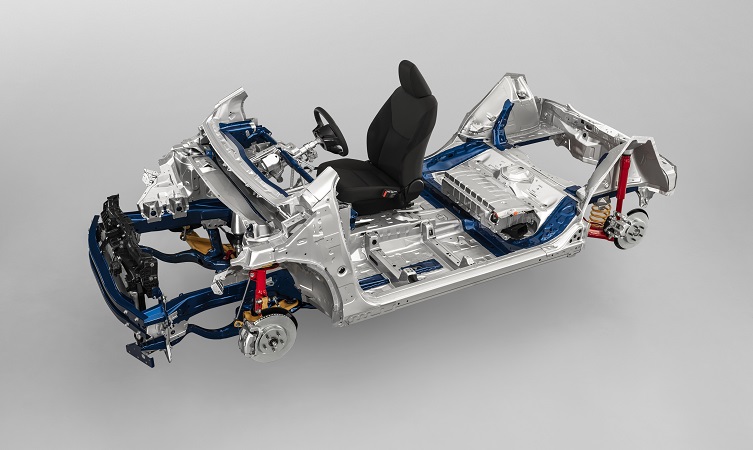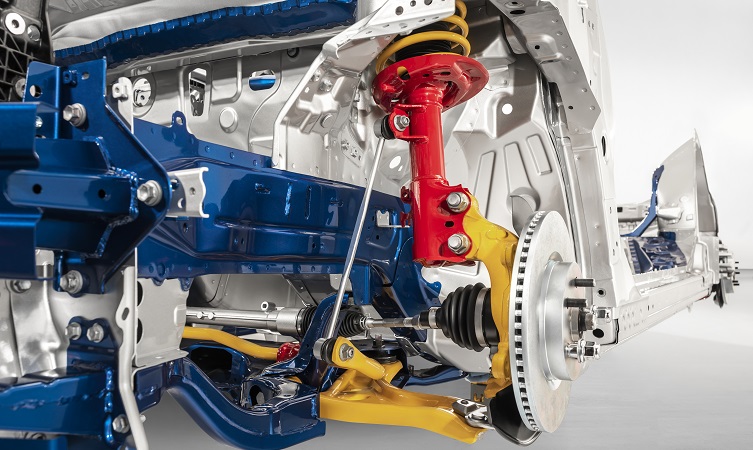The all-new Yaris is the first model to be built on the Toyota New Global Architecture (TNGA) GA-B platform for small cars. This modular base provides the foundation for radically improved driving dynamics and natural, confidence-inspiring agility.

“I wanted to transform the driving dynamics of Yaris,” commented chief engineer Yasunori Suezawa, “delivering [a car] that is smooth, accurate and agile, contributing to the fun of driving. It is the TNGA chassis that has made this all possible.”
Around town it offers agile handling, with a turning radius as tight as 5.2 metres and crisp steering response. These qualities make the new Yaris easy to manoeuvre and park on busy urban streets, while on fast-flowing roads performance is smooth and relaxing with excellent straight-line stability.
Watch the video above as GA-B platform expert Luc Nuyts, B-segment manager from Toyota Europe, explains more about the driving dynamics of the all-new Yaris.
High-rigidity body
The GA-B platform is 37% stiffer than the chassis and drivetrain of the outgoing Yaris, which now elevates the new car to best-in-class levels of rigidity. This, in turn, contributes to improved safety, superior handling and responsiveness, greater ride comfort, and lower NVH levels.

This rigidity has been achieved through a series of body reinforcements, a stiffer front bulkhead, and more extensive use of spot welds and bonding adhesive in the car’s construction. Specific areas of strength are highlighted in dark blue in the pictures of the exposed chassis. These include the longitudinal beams that connect directly to the bumper reinforcements, and how the high-strength area at top of the shock absorber now serves as the upper steering pivot.

Further rigidity has been created by a new ring structure between the bulkhead and dashboard, while in the middle of the car there are reinforcements to the tunnel and rear structure, creating another robust ring structure. At the rear, gussets have been added to inner wheel arches and rear pillars.
Low centre of gravity
All new TNGA-based Toyota models have a low centre of gravity for improved inertia characteristics and high-speed cornering stability. The all-new Yaris, of course, is no exception, with the balance point around 12mm lower than that of the outgoing model.

This reduction has been achieved by ensuring that heavier components are located as low as possible, prime examples of which being the 40mm lower roofline and lower-set seats. Meanwhile, careful positioning of components within the wheel base has improved the weight balance from front to rear and left to right, which also contributes to reduced body roll and improved braking performance.
Suspension
The fourth-generation Yaris has an all-new suspension arrangement, with the front MacPherson struts set at a revised angle and operating with reduced friction, resulting in less vibration. The rear torsion beam is now 80% stiffer than before in order to reduce body roll when cornering, but this increase has allowed softer springs to be employed to improve ride comfort.

Reduced noise and vibration
The GA-B platform architecture and upper body are designed to reduce the amount of noise entering the cabin. The engineers pinpointed areas where the most noise intrudes – the dashboard and door panels, in particular – and adjusted their design to filter out unwanted external sound. Extensive body sealing further isolates the cabin and keeps noise at bay.
Learn more: Introducing the all-new Yaris
Learn more: Design features of the all-new Yaris
Learn more: Hybrid powertrain of the all-new Yaris
Learn more: Safety and equipment features of the all-new Yaris




